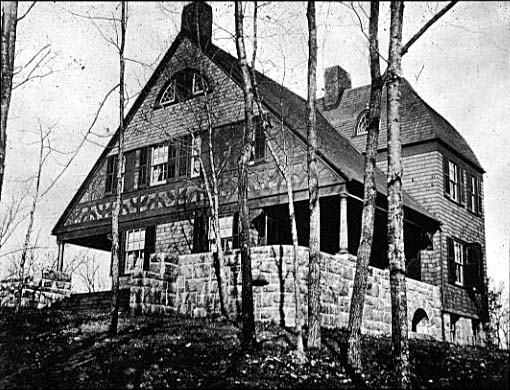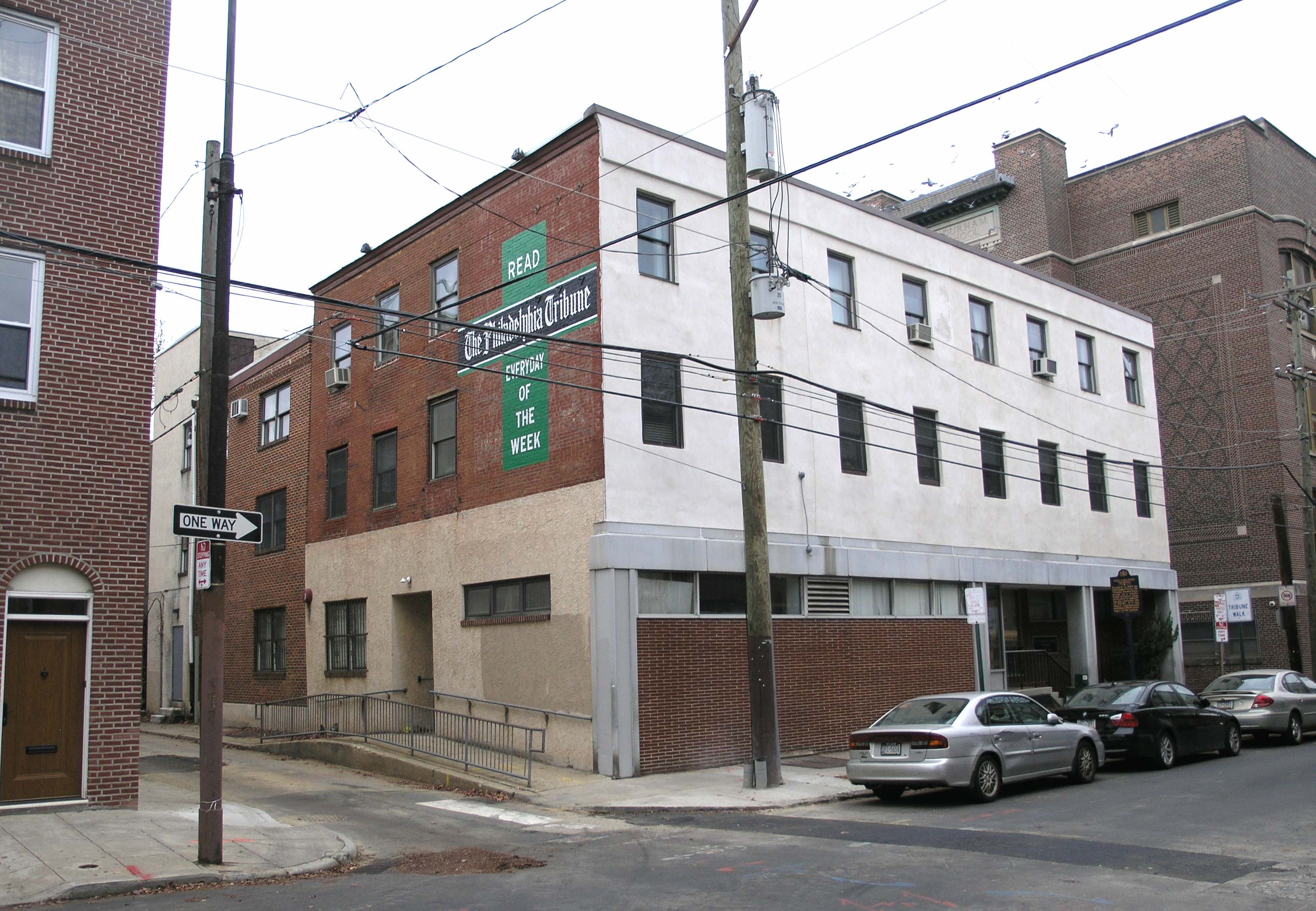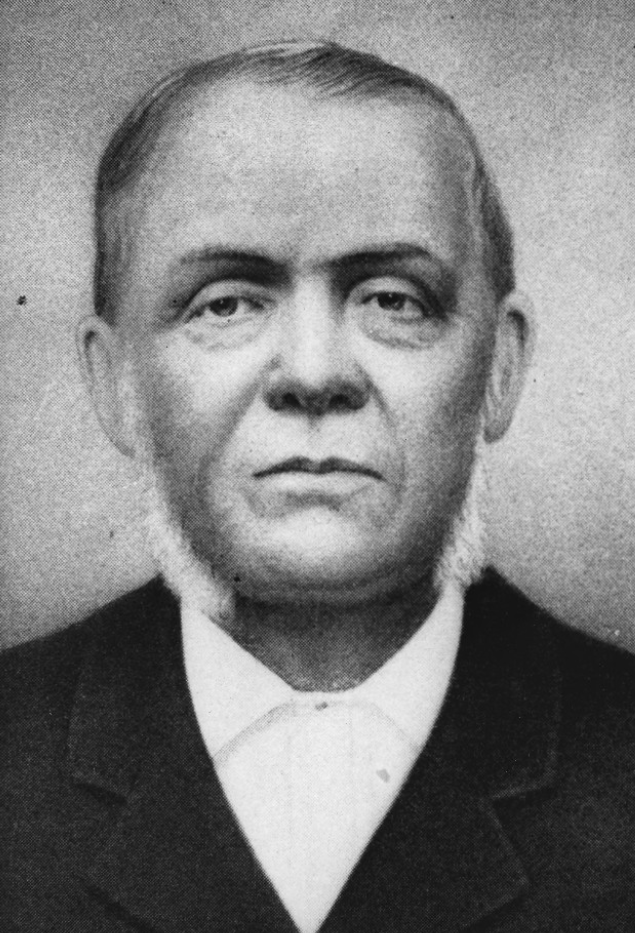|
Ta-ra-ra-boom-de-ay
"Ta-ra-ra Boom-de-ay" is a vaudeville and music hall song. Its first known public performance was in Henry J. Sayers' 1891 revue '' Tuxedo'' in Boston, Massachusetts. The song became widely known in the version sung by Lottie Collins in London music halls in 1892. The melody was later used in various contexts, including as the theme song to the television show '' Howdy Doody''. Background The song's authorship was disputed for some years."Live Musical Topics", ''The New York Times'', April 3, 1892, p. 12 It was originally credited to Henry J. Sayers, the manager of Rich and Harris, a producer of the George Thatcher Minstrels. Sayers used the song in the troupe's 1891 production '' Tuxedo'', a minstrel farce variety show where "Ta-ra-ra Boom-de-ay" was sung by Mamie Gilroy. Gänzl, Kurt"Ta-ra-ra-boom-de ... oy? " Kurt Gänzl's blog, 20 August 2018 However, Sayers later said that he had not written the song, but heard it performed in the 1880s by a black singer, Mama Lou, in a well ... [...More Info...] [...Related Items...] OR: [Wikipedia] [Google] [Baidu] |
Lottie Collins
Lottie Collins (16 August 1865 – 1 May 1910) was an English singer and dancer, most famous for introducing the song "Ta-ra-ra Boom-de-ay!" in England. Early life She was born Charlotte Louisa Collins in the East End of London in 1865. Her father was a woodworker and music hall entertainer. She started out in music hall at the age of 11 or 12 in 1877 in a skipping rope dance act with her younger sisters, Eliza (Lizzie) and Mary Ann (Marie) as ''The Three Sisters Collins''.Lottie Collins profile , PeoplePlayUK Theatre website Career In 1886, Collins became a solo act in music hall. She also played in theatre, appearing the same year as Mariette in the Gaiety ...[...More Info...] [...Related Items...] OR: [Wikipedia] [Google] [Baidu] |
The New York Times
''The New York Times'' (''the Times'', ''NYT'', or the Gray Lady) is a daily newspaper based in New York City with a worldwide readership reported in 2020 to comprise a declining 840,000 paid print subscribers, and a growing 6 million paid digital subscribers. It also is a producer of popular podcasts such as '' The Daily''. Founded in 1851 by Henry Jarvis Raymond and George Jones, it was initially published by Raymond, Jones & Company. The ''Times'' has won 132 Pulitzer Prizes, the most of any newspaper, and has long been regarded as a national " newspaper of record". For print it is ranked 18th in the world by circulation and 3rd in the U.S. The paper is owned by the New York Times Company, which is publicly traded. It has been governed by the Sulzberger family since 1896, through a dual-class share structure after its shares became publicly traded. A. G. Sulzberger, the paper's publisher and the company's chairman, is the fifth generation of the family to head the pa ... [...More Info...] [...Related Items...] OR: [Wikipedia] [Google] [Baidu] |
On The Q
On, on, or ON may refer to: Arts and entertainment Music * On (band), a solo project of Ken Andrews * ''On'' (EP), a 1993 EP by Aphex Twin * ''On'' (Echobelly album), 1995 * ''On'' (Gary Glitter album), 2001 * ''On'' (Imperial Teen album), 2002 * ''On'' (Elisa album), 2006 * ''On'' (Jean album), 2006 * ''On'' (Boom Boom Satellites album), 2006 * ''On'' (Tau album), 2017 * "On" (song), a 2020 song by BTS * "On", a song by Bloc Party from the 2006 album ''A Weekend in the City'' Other media * ''Ön'', a 1966 Swedish film * On (Japanese prosody), the counting of sound units in Japanese poetry * ''On'' (novel), by Adam Roberts * ONdigital, a failed British digital television service, later called ITV Digital * Overmyer Network, a former US television network Places * On (Ancient Egypt), a Hebrew form of the ancient Egyptian name of Heliopolis * On, Wallonia, a district of the municipality of Marche-en-Famenne * Ahn, Luxembourg, known in Luxembourgish as ''On'' * Ontar ... [...More Info...] [...Related Items...] OR: [Wikipedia] [Google] [Baidu] |
Tuxedo Park, New York
Tuxedo Park is a Administrative divisions of New York#Village, village in Orange County, New York, United States. Its population was 623 at the 2010 census. It is part of the Poughkeepsie–Newburgh–Middletown metropolitan area as well as the larger New York metropolitan area. Its name is derived from an indigenous Lenape word of the Munsee language, ' or ', which is said to mean 'crooked water' or 'crooked river'. Tuxedo Park is a Gated community, gated village in the southern part of the town of Tuxedo, New York, Tuxedo, near New York State Route 17, New York Route 17 and the New York State Thruway. The evening dress for men now popularly known in the North America as a ''tuxedo'' takes its name from Tuxedo Park. It was brought there by James Brown Potter, who was introduced to the garment by the Prince of Wales (later Edward VII). History The park is in the Ramapo Mountains. In the colonial era, it acquired a reputation for undeveloped iron deposits. In consequence, a compan ... [...More Info...] [...Related Items...] OR: [Wikipedia] [Google] [Baidu] |
The Philadelphia Tribune
''The Philadelphia Tribune'' is the oldest continuously published African-American newspaper in the United States. The paper began in 1884 when Christopher J. Perry published its first copy. Throughout its history, ''The Philadelphia Tribune'' has been committed to the social, political, and economic advancement of African Americans in the Greater Philadelphia region. During a time when African Americans struggled for equality, the ''Tribune'' acted as the "Voice of the black community" for Philadelphia. Historian V. P. Franklin asserted that the ''Tribune'' "was (and is) an important Afro-American cultural institution that embodied the predominant cultural values of upper-, middle-, and lower-class Black Philadelphians." In the early 21st century, the paper is headquartered at 520 South 16th Street, Philadelphia, Pennsylvania. It publishes on Tuesday, Wednesday, Thursday, Friday, and Sunday. ''The Philadelphia Tribune'' also publishes the ''Tribune Magazine'', ''Entertainment ... [...More Info...] [...Related Items...] OR: [Wikipedia] [Google] [Baidu] |
America Sings
America Sings was an attraction at Disneyland in Anaheim, California, United States, from 1974 to 1988. It featured a cast of audio animatronics animals that entertained the audience by singing songs from various periods in America's musical history, often in a humorous fashion. History America Sings opened on June 29, 1974, replacing the General Electric-sponsored Carousel of Progress attraction, which had moved to the Magic Kingdom at the Walt Disney World Resort in 1973. America Sings used the same Carousel Theater as its predecessor. The building had an outer ring of six theaters, connected by divider walls, that revolved mechanically about every four minutes around the six fixed stages in the center of the building. Unlike Disneyland's Carousel of Progress, which rotated clockwise, America Sings rotated in a counterclockwise direction. Also, unlike Carousel of Progress, America Sings only used the lower level of the Carousel Theater. The upper level was eventually used t ... [...More Info...] [...Related Items...] OR: [Wikipedia] [Google] [Baidu] |
Anaheim
Anaheim ( ) is a city in northern Orange County, California, part of the Los Angeles metropolitan area. As of the 2020 United States Census, the city had a population of 346,824, making it the most populous city in Orange County, the 10th-most populous city in California, and the 56th-most populous city in the United States. Anaheim is the second-largest city in Orange County in terms of land area, and is known for being the home of the Disneyland Resort, the Anaheim Convention Center, and two major sports teams: the Los Angeles Angels baseball team and the Anaheim Ducks ice hockey club. Anaheim was founded by fifty German families in 1857 and incorporated as the second city in Los Angeles County on March 18, 1876; Orange County was split off from Los Angeles County in 1889. Anaheim remained largely an agricultural community until Disneyland opened in 1955. This led to the construction of several hotels and motels around the area, and residential districts in Anaheim soon foll ... [...More Info...] [...Related Items...] OR: [Wikipedia] [Google] [Baidu] |
Disneyland
Disneyland is a amusement park, theme park in Anaheim, California. Opened in 1955, it was the first theme park opened by The Walt Disney Company and the only one designed and constructed under the direct supervision of Walt Disney. Disney initially envisioned building a tourist attraction adjacent to his Walt Disney Studios (Burbank), studios in Burbank, California, Burbank to entertain fans who wished to visit; however, he soon felt that the proposed site was too small. After hiring the Stanford Research Institute to perform a feasibility study determining an appropriate site for his project, Disney bought a site near Anaheim in 1953. The park was designed by a creative team hand-picked by Walt from internal and outside talent. They founded WED Enterprises, the precursor to today's Walt Disney Imagineering. Construction began in 1954 and the park was unveiled during a special televised press event on the American Broadcasting Company, ABC Television Network on July 17, 1955. ... [...More Info...] [...Related Items...] OR: [Wikipedia] [Google] [Baidu] |
Utopia, Limited
''Utopia, Limited; or, The Flowers of Progress'', is a Savoy opera, with music by Arthur Sullivan and libretto by W. S. Gilbert. It was the second-to-last of Gilbert and Sullivan's fourteen collaborations, premiering on 7 October 1893 for a run of 245 performances. It did not achieve the success of most of their earlier productions. Gilbert's libretto satirises limited liability companies, and particularly the idea that a bankrupt company could leave creditors unpaid without any liability on the part of its owners. It also lampoons the Joint Stock Company Act by imagining the absurd convergence of natural persons (or sovereign nations) with legal commercial entities under the limited companies laws. In addition, it mocks the conceits of the late 19th-century British Empire and several of the nation's beloved institutions. In mocking the adoption by a "barbaric" country of the cultural values of an "advanced" nation, it takes a tilt at the cultural aspects of imperialis ... [...More Info...] [...Related Items...] OR: [Wikipedia] [Google] [Baidu] |
Gilbert & Sullivan
Gilbert and Sullivan was a Victorian-era theatrical partnership of the dramatist W. S. Gilbert (1836–1911) and the composer Arthur Sullivan (1842–1900), who jointly created fourteen comic operas between 1871 and 1896, of which '' H.M.S. Pinafore'', '' The Pirates of Penzance'' and '' The Mikado'' are among the best known.Davis, Peter G''Smooth Sailing'' ''New York'' magazine, 21 January 2002, accessed 6 November 2007 Gilbert, who wrote the libretti for these operas, created fanciful "topsy-turvy" worlds where each absurdity is taken to its logical conclusion; fairies rub elbows with British lords, flirting is a capital offence, gondoliers ascend to the monarchy, and pirates emerge as noblemen who have gone astray. Leigh, Mike"True anarchists" ''The Guardian'', 4 November 2007, accessed 6 November 2007 Sullivan, six years Gilbert's junior, composed the music, contributing memorable melodies that could convey both humour and pathos. Their operas have enjoyed broad and end ... [...More Info...] [...Related Items...] OR: [Wikipedia] [Google] [Baidu] |


.png)





.jpg)